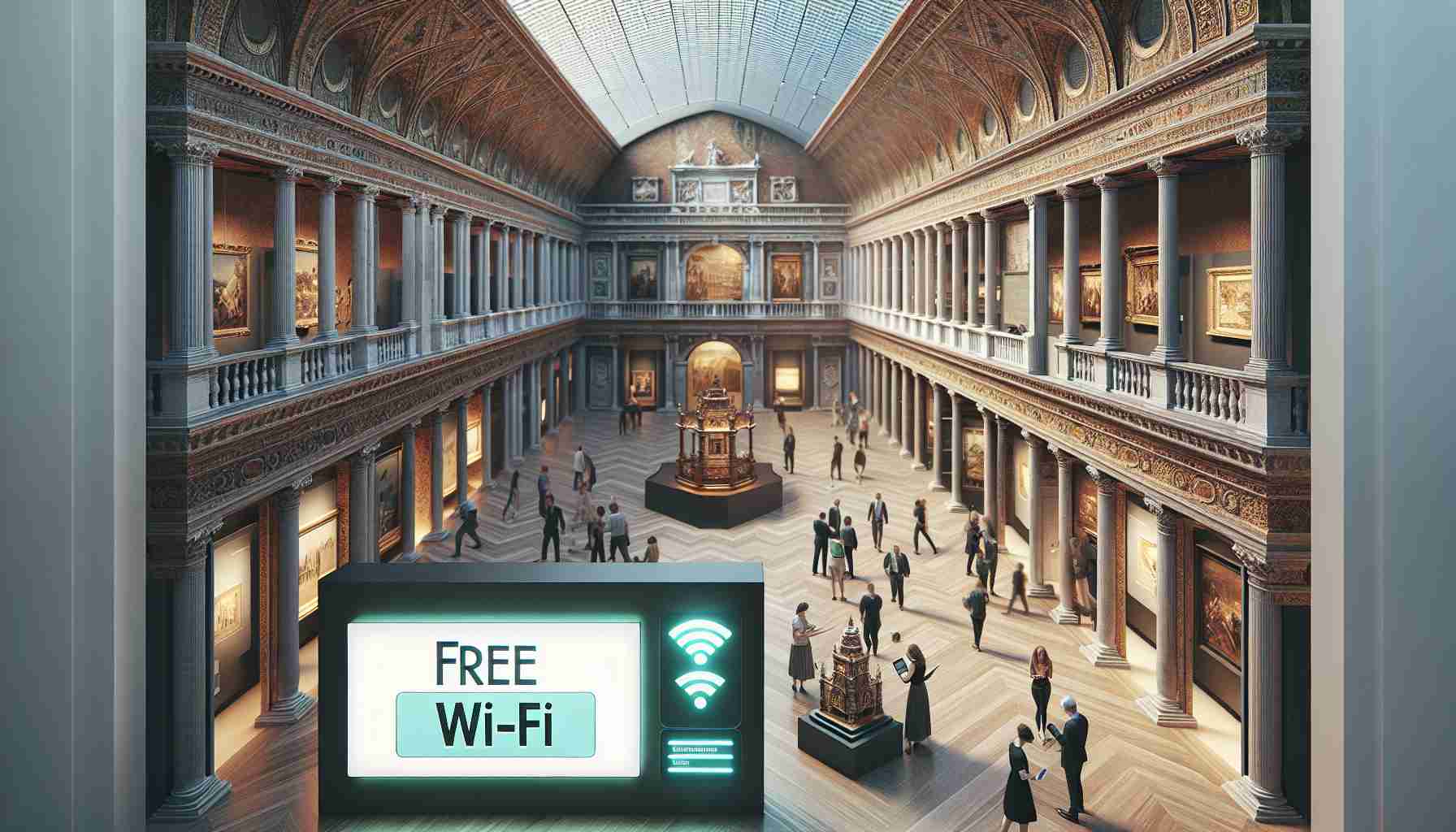
The Venice Museum and Archives has taken a significant step to foster community engagement by providing complimentary internet access. A Starlink satellite dish has been strategically positioned in the museum’s parking area, located at 351 Nassau Street. This initiative allows individuals visiting the museum to conveniently access high-speed Wi-Fi directly from their vehicles.
Visitors can simply park their cars close to the entrance of the museum to benefit from the service. This move not only enhances public access to information and resources but also encourages more people to enjoy the museum’s offerings.
By utilizing the latest satellite technology from Starlink, the city aims to bridge the digital divide and ensure that even those without home internet can stay connected. This initiative is particularly valuable in today’s increasingly digital world, where access to reliable internet is crucial for education, work, and social connectivity.
As communities adapt to new forms of communication and interaction, the Venice Museum stands out as a pioneer in making such services available, inviting both residents and visitors to make the most of this opportunity. This relatively simple installation reflects a broader commitment to accessibility and community support as Venice embraces the future of technology in public spaces.
Venice Museum’s Initiative: Free Wi-Fi and Its Broader Implications
The Venice Museum and Archives, renowned for its rich cultural offerings, has not only introduced free Wi-Fi through a Starlink satellite dish but has also opened the door to numerous innovations and discussions surrounding digital access in public spaces. This initiative is more than just a technical upgrade; it represents a vital step towards enhancing the community’s connectivity and engagement with cultural resources.
What are the most important questions regarding the free Wi-Fi initiative?
1. How will the free Wi-Fi service be maintained and funded?
– The museum aims to sustain this service through partnerships and sponsorships with local businesses and organizations. Additionally, they will explore community grants aimed at maintaining public digital services.
2. Is there any limitation on the usage of the free Wi-Fi?
– While the Wi-Fi is free, the museum plans to implement reasonable usage policies to ensure fair access for all users and to prevent network congestion.
3. What impact does this initiative have on visitor engagement?
– By providing digital access, the museum enhances visitor engagement, allowing patrons to research exhibits, participate in interactive content, and share their experiences on social media in real-time.
Key challenges and controversies associated with the initiative:
Implementing free Wi-Fi in public spaces can bring about several challenges. One major concern is data security. Ensuring user data remains private and protecting the network from potential cyber threats are paramount for the museum. Furthermore, there is the issue of digital divide; while free Wi-Fi can bridge the gap for many, it may inadvertently exclude those who are not tech-savvy or lack digital devices.
Advantages of the Free Wi-Fi Initiative:
– Increased Accessibility: People without home internet access can utilize the service, expanding the museum’s reach into underserved communities.
– Enhanced Educational Opportunities: Visitors can access additional resources and educational materials related to the museum’s collections.
– Economic Benefits: Greater foot traffic to the museum can lead to increased local economic activity, as visitors might explore nearby shops and services.
Disadvantages of the Free Wi-Fi Initiative:
– Network Congestion: High demand may slow down the internet speed, leading to a frustrating experience for users.
– Maintenance Costs: The ongoing expenses associated with maintaining the service could strain the museum’s budget.
– Cybersecurity Risks: Public Wi-Fi is often vulnerable to hacking and data breaches, posing risks to users.
As the Venice Museum moves forward with its connectivity initiative, it sets an example for other institutions aiming to enhance community engagement through technology. Addressing the challenges while promoting the benefits is essential in ensuring that such initiatives thrive and genuinely serve the public’s needs.
For more information on the Venice Museum and its offerings, you can visit venicemuseum.org.



